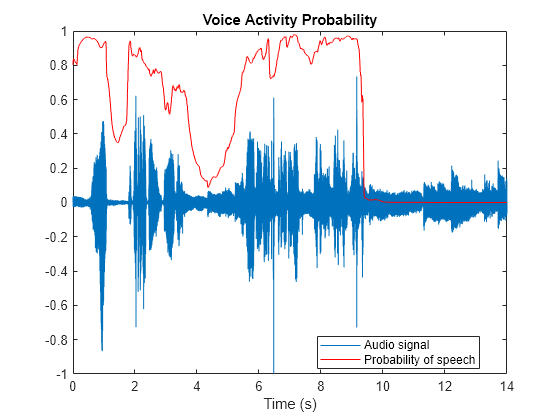detectspeechnn
Syntax
Description
roi = detectspeechnn(audioIn,fs,Name=Value)detectspeechnn(audioIn,fs,MergeThreshold=0.5) merges speech regions
that are separated by 0.5 seconds or less.
detectspeechnn(___) with no output arguments plots the
input signal and the detected speech regions.
This function requires both Audio Toolbox™ and Deep Learning Toolbox™.
Examples
Input Arguments
Name-Value Arguments
Output Arguments
Algorithms
References
[1] Ravanelli, Mirco, et al. SpeechBrain: A General-Purpose Speech Toolkit. arXiv, 8 June 2021. arXiv.org, http://arxiv.org/abs/2106.04624










